A year after the special status of Jammu and Kashmir was rolled back, the Chinese army is on the borders in Ladakh and Pakistan is planning to convert Gilgit-Baltistan into its fifth province. With three nuclear powers active in a small region, nobody knows where Jammu and Kashmir is heading towards, reports Masood Hussain
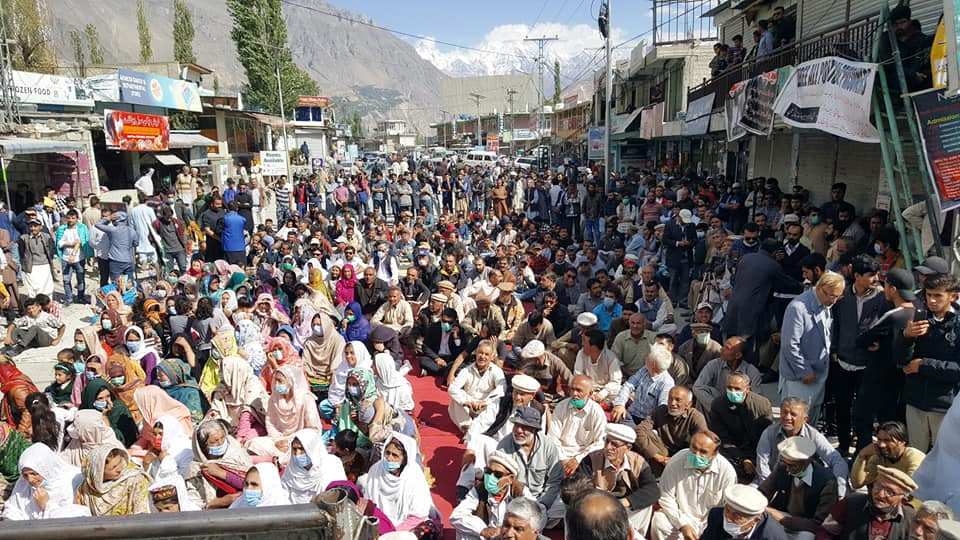
If 2019 was for Kashmir, the 2020 summer was completely dominated by the Tibetan plateau, parts of which formed included the princely state of Jammu and Kashmir, from Leh to Baltistan. Both the belts separated by the Line of Control (LoC) exhibited almost a similar situation, this fall. Leh leaders called for a boycott of the Ladakh Autonomous Hill Development Council in Leh and Home Minister Amit Shah had to intervene to get them reverse the populist decision aimed at reversing the protections the region enjoyed till August 2019. On the other side of the divide, the major Hunza belt in Gilgit in threatening a boycott of the November 15, assembly elections if their jailed leaders are not set free before the elections.
However, the main focus remains on the larger issues in the region. A year after the special status of Jammu and Kashmir was undone and the state was bifurcated into two Union Territories, the Chinese army is on Ladakh borders. There have been a series of meeting at the military commanders’ level and the diplomatic front. So far, there is nothing substantial outcome other than the rival armies are in a high state of readiness.
On the other side of the divide, Islamabad has hinted it will upgrade Gilgit-Baltistan (GB) into Pakistan’s fifth full-fledged province. Being ruled by PML-N for the last more than five years, the election on GB’s 24 general seats of the assembly could bring a change in the ruling party in a region that is key to Pakistan’s growth and strategic goals, especially because of Chinese investments and interests.
This has triggered a serious crisis, at least diplomatically. Delhi is saying the GB is part of “occupied territories” and Pakistan lacks a right to do what it intends.

Pakistan administered Kashmir (PaK) and the Kashmir separatists are insisting that elevation of GB to a ‘provisional province’ will be as good as annexation and will have an impact on the Kashmir issue. Interestingly, the majority of GB and China would support the Islamabad move. This is happening at a time when the Kashmir political class in Srinagar is in disarray and has somehow found the Gupkar Declaration as the sole umbilical cord. The declaration seeks restoration of status quo ante envisaging the undoing of reading down of Article 370 and Article 35A.
Gandapur Speaks
Though the change in the GB status has been in the news for a long time, the fresh spell started on September 17, 2020, when Pakistan’s Minister for Kashmir and Gilgit-Baltistan Affairs, Ali Amin Gandapur said Prime Minister Imran Khan would be flying to GB for announcing the region’s upgrade to the status of a full-fledged province with all constitutional rights, including its representation in the Senate and the National Assembly.
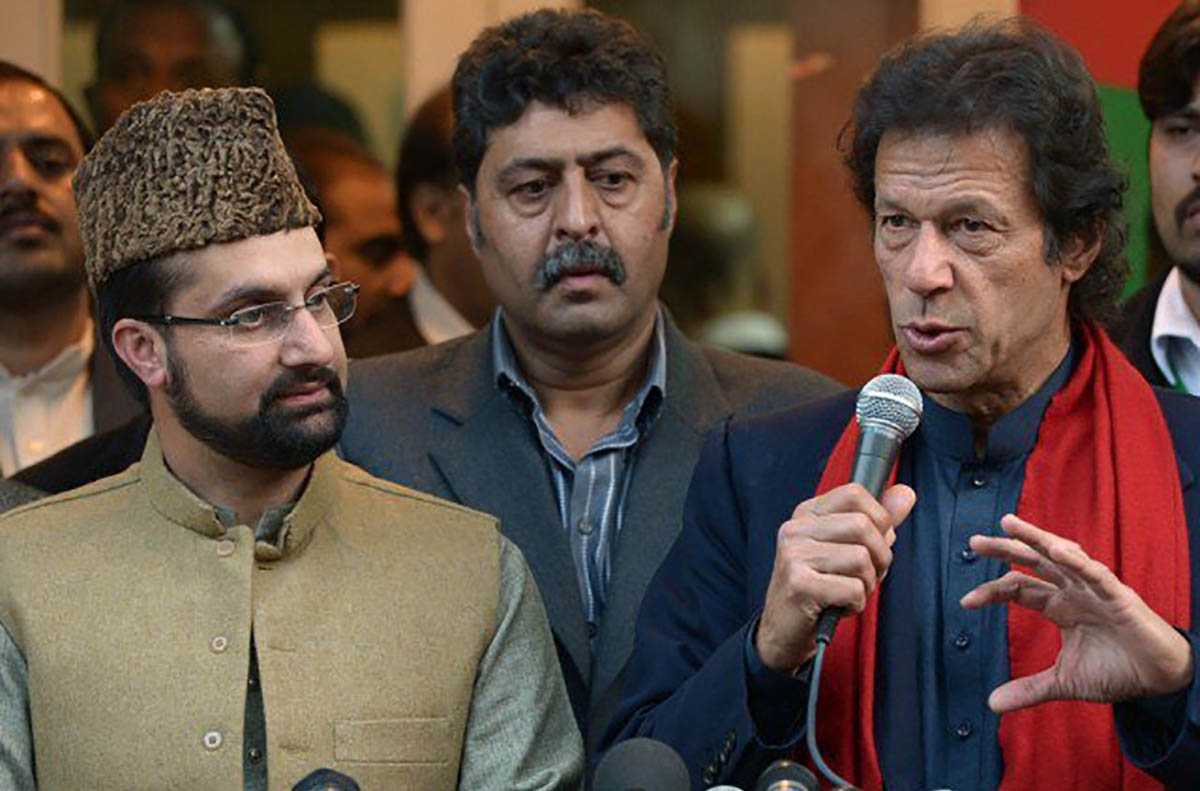
“After consultation with all stakeholders, the federal government has decided in principle to give constitutional rights to GB,” the minister told a delegation of GB journalists, according to The Express Tribune. “Our government has decided to deliver on the promise it made to the people there.”
In a follow-up, The Dawn on September 22, reported that “the government and the opposition almost reached a consensus on granting “provisional provincial status” to strategically-located” GB. “The sources said the issue was discussed in a meeting between a government team comprising Foreign Minister Shah Mehmood Qureshi and Planning and Development Minister Asad Umar with the leader of the opposition and Pakistan Muslim League-Nawaz president Shahbaz Sharif and Pakistan People’s Party chairman Bilawal Bhutto-Zardari,” the newspaper reported. “Sindh Chief Minister Syed Murad Ali Shah and PML-N’s secretary general Ahsan Iqbal were also present in the meeting, which was held in Islamabad a few weeks back.”
The report said the Pakistan army chief was also part of the deliberations and opposition parties supported the move as long as it does not impact the “Kashmir issue”. Commentary in Pakistani newspapers suggested that while Pakistan army had rejected the idea earlier, at least twice, this time, it is part of the new emerging consensus on the issue.
India Reacts
“The government of India has conveyed its strong protest to the government of Pakistan and reiterated that the entire union territories of Jammu and Kashmir and Ladakh, including the areas of so-called Gilgit and Baltistan, are an integral part of India by virtue of its accession in 1947,” a statement issued by the external affairs ministry in Delhi said on September 29, 2020. “These are cosmetic exercises intended to camouflage its illegal occupation. We call upon Pakistan to immediately vacate all areas under its illegal occupation.”
The statement said that Pakistan has “no locus standi on territories illegally and forcibly occupied by it.”
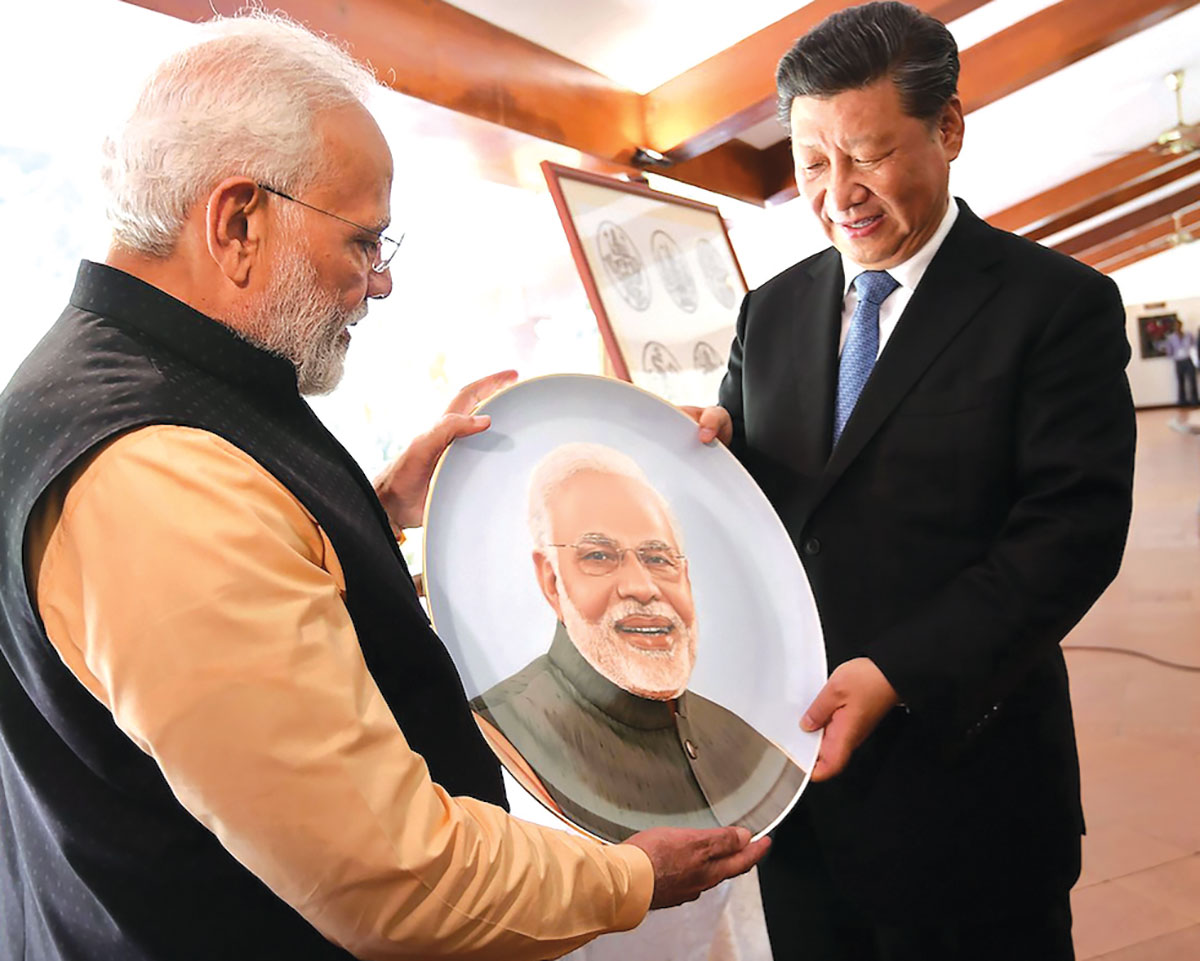
In May, when the Pakistani Supreme Court allowed the Imran Khan government to hold elections in GB, Delhi issued a virtual demarche against, what it said, an effort aimed at “material changes” in the disputed territory. “The Government of Pakistan or its judiciary has no locus standi on territories illegally and forcibly occupied by it. India completely rejects such actions and continued attempts to bring material changes in Pakistan occupied areas of the Indian territory of Jammu & Kashmir. Instead, Pakistan should immediately vacate all areas under its illegal occupation,” the MEA spokesperson said.
Muzaffarabad Unsupportive
Delhi apart, there is no support to the idea even from the PaK, also part of the same disputed territory. Though the people avoided moving out in a protest – as had happening during the reign of Nawaz Sharief, there are murmurs against the move. The lawyers of the region have come out against the idea already. Besides, there is also no possibility of any separatist from Kashmir supporting the idea.
Unlike Delhi, their opposition is mostly around the argument that it will change the nature of the dispute over Kashmir. Government of India sees the territories of the erstwhile state fall in Pakistan’s control and administration as disputed.
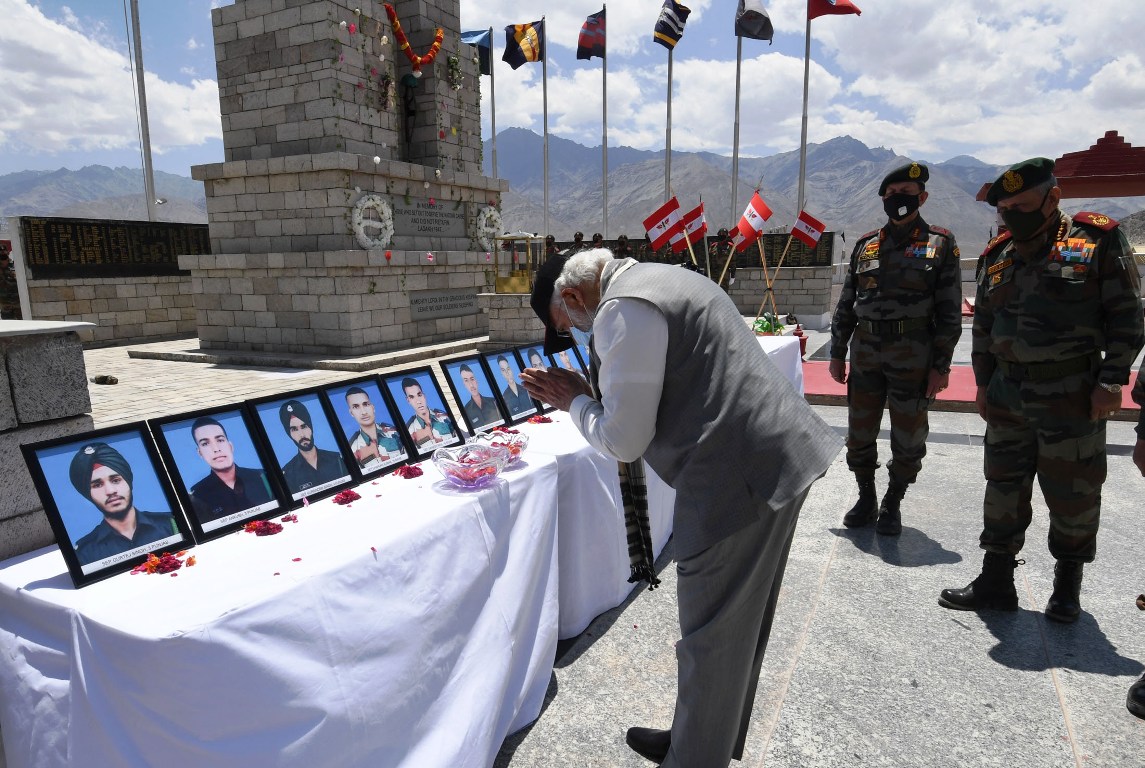
“If it is true that Pakistan plans to elevate Gilgit-Baltistan (G-B) to a full-fledged province with all constitutional rights, it will unwittingly disturb the disputed nature of the State of the Jammu and Kashmir,” US-based separatist Dr Ghulam Nabi Fai wrote recently. “It will be akin to the unilateral action taken by Narendra Modi on August 5, 2019, when Article 370 and 35 A were abrogated.”
Fai said the last time when the similar move was initiated during early 2016, it backfired forcing Sharief, the then Prime Minister, to write letters to Kashmir separatists that no such elevation was under consideration.
Supporters
At the same time, however, there are individuals, parties and societies who not only support the move but are excited about it.
“The policy shift is pragmatic and optimally timed and seizes the opportunity opened by Modi’s self-defeating move of scrapping Kashmir’s special status and China’s military campaign against India in Ladakh,” Riaz Akbar and Yawar Abbas, a scholar and a medical doctor, wrote in a joint 2-part series in The Express Tribune. “Giving constitutional cover to G-B was overdue, and the threat of a military response by India to it may have deterred Pakistan in the past, but with China keeping India busy in Ladakh, the Indian response may come just in the form of an escalation of cross-border firing.”
They have discovered their own wisdom: “While Modi’s revocation of Kashmir’s status was hugely unpopular with the people of Kashmir, and India had to enforce a yearlong lockdown of the whole state, Pakistan’s elevation of the status is highly popular with people of G-B, who are already anticipating the move.”
There are supporters to the idea even in India, that too from the rightwing. “India has already effected a major material change in the status of the former state of Jammu and Kashmir by amending Article 370 of its constitution and by bi-furcating the state into two Union territories. This Indian action is almost surely not going to be reversed in future by a non-BJP government,” Sudheendra Kulkarni, speechwriter of Prime Minister Atal Behari Vajpayee wrote in The Wire in a three-part series that focussed on the region with a focus on maintaining status quo and reviving Musharaf-Manmohan formula for a peaceful co-existence. “Therefore, there is no reason why Pakistan cannot bring about a constitutional change to make Gilgit Baltistan its fifth province, which has been a longstanding demand of the people of this region. Certainly, the time has come for Pakistan to acknowledge and respect their choice of being its full-fledged citizens.”
For a peaceful region, Kulkarni even suggests that India should join the Chinese BRI and the borders around Kashmir should turn soft.
Vital CPEC
It is already known that the GB, the erstwhile Northern Areas, are being held in a “colonial” fashion for the last more than seven decades and the peoples’ excitement about the province-idea is a hope that their “statelessness” will end. The region had acceded to Pakistan, in anticipation of the issue being to the United Nations, according to Kulkarni without any violence or bloodshed. However, GB eventually became part of the dispute over Kashmir by Pakistan’s own decision-making.
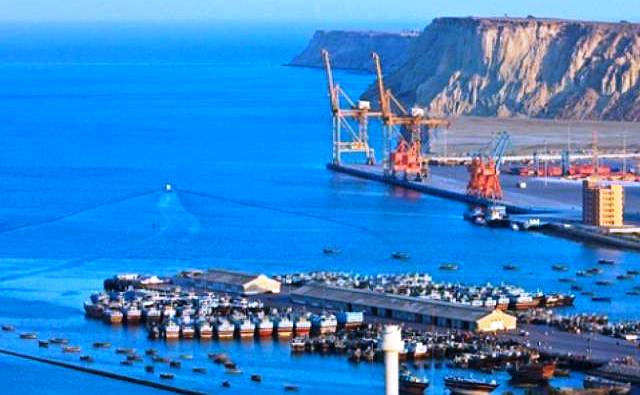
The idea might address the emotions of the GB people but at the core of the province-move seemingly is the CPEC, a network of roads, railways, and pipelines on which Beijing is investing the US $64 billion with an avowed objective to connect China’s strategically important northwestern Xinxiang province to the port of Gawadar in Baluchistan. The two are already connected with 784-km Karakoram Highway. The corridor will eventually open Africa and the Middle East for China as Pakistan can earn billions from the economic activity from the new version of the Silk Route.
For obvious reasons, the investment lacks a sort of legitimacy because the area is disputed. World Bank has been terming GB as an area with “vague legal status”. It was merely this reason why the Asian Development Bank (ADB) and the World Bank (WB) refused to fund the US $14 bn Diamer-Bhasha dam that Islamabad sees crucial to its development, irrigation and power generation. It is hanging in balance for the last 20 years now. If set up, it can produce 4500 MW of clean energy.
Commentaries in the Pakistan media suggest that China has been pushing Islamabad to go for this formal annexation – on a provisional basis – for almost 20 years now. The last time the idea was in circulation had Chinese push behind it at the peak of Nawaz Sharief regime.
Islamabad’s policymakers seem to be lured by yet another suggestion. “Legalising Pakistan’s control over G-B also raises the prospects of an important suggestion floated by the Chinese ambassador to Pakistan: joint development of the GB-Xinjiang region as sister provinces, and to turn them into a single economic and strategic theatre at the (Belt and Road Initiative) BRI’s point of origin,” the two authors wrote. “Such a venture will not just give an international flair to BRI’s starting point, but will also bring innumerable economic, strategic, and cultural benefits to Pakistan via Central Asia, West Asia and Eastern Europe.”
Interestingly, GB is directly linked to Afghan territory, Wakhan and that is another corridor to reach Central Asia.
Chinese investments are already a major mover and shaker in the region where three mighty mountain ranges – the Karakoram, the Himalaya, and the Hindukush, meet at Jaglot’s ‘Junction Point’. Despite emerging as the crucible of climatic change with the surge in the melting of glaciers, the GB has already started attracting good, albeit small, investments. It is already a roaring tourist destination. The mineral-rich region has also reported certain demographic changes in past, that policymakers in India, see as “material changes”.
August 5, 2019
In Kashmir, the idea of Gilgit has traditionally remained as the remembrance of centuries-old collective punishment of Beagar – the forced labour that British protected Dogra depots were extracting from Kashmiris to feed their outposts. However, the Gilgit Baltistan returned to news the day Modi government decided to read-down Article 370 and withdraw the protection to the demographic composition of Jammu and Kashmir by undoing Article 35A. The changes in the Constitution of India came with a statement by the Home Minister, Amit Shah, a day later.
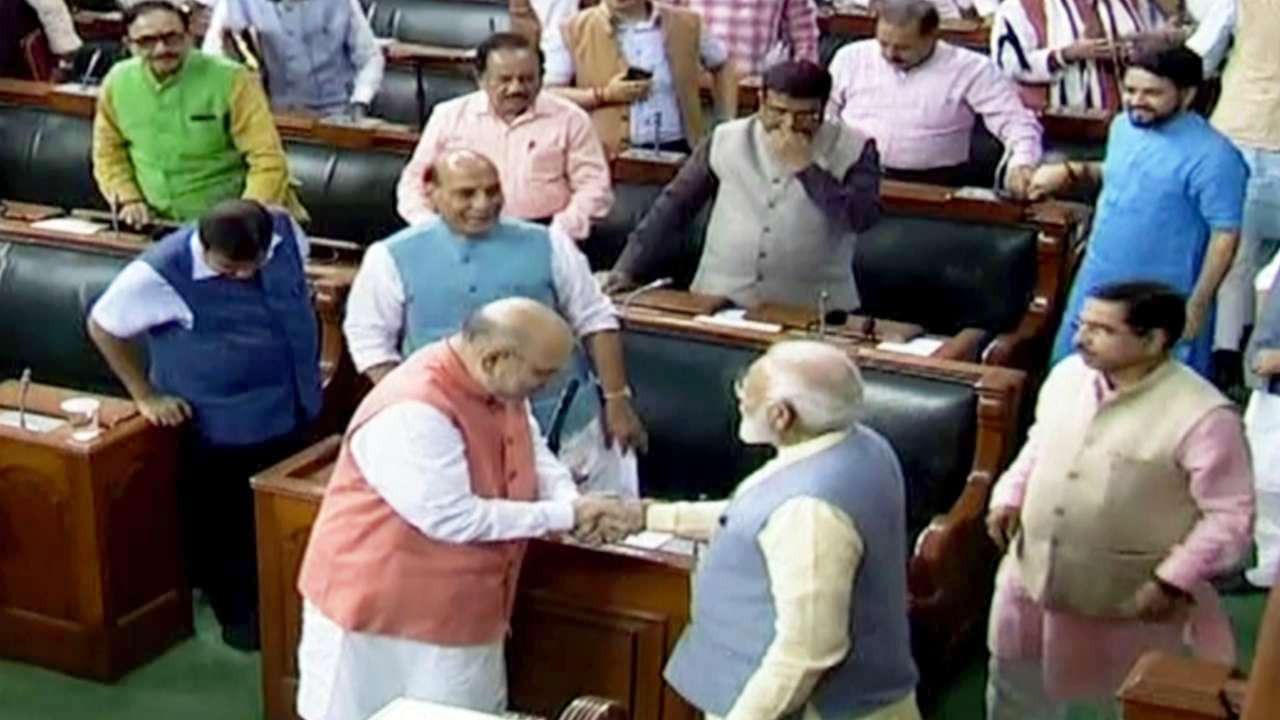
“When I talk about Jammu and Kashmir, Pakistan occupied Kashmir and Aksai Chin are included in it… We will give our lives for this region,” Shah retorted to a Congress lawmaker. The statement came in wake of repeated statements by the rightwing leaders and writers suggesting that they will have to retrieve entire territory from Aksai Chin to GB. The maps of the two brand new Union Territories show GB as part of Ladakh and PaK part of Jammu and Kashmir.
These “material changes” have led to shifts in the thought process on the other side as well. As China moved its soldiers into Ladakh, Islamabad is toying with the fifth province idea.
Interestingly, the region that Pakistan is keen to upgrade as its fifth province has India and China sitting against each other on its borders. The entire region that is in news in Ladakh is not far away from the corridor that links China and Pakistan. In fact from the Daulat Beg Oldie side, the belt is within the range of India’s ordinary howitzers.
Where the instability of Jammu and Kashmir, military tensions in Ladakh and the new annexation idea of the GB will take the region will be the defining moments of the new Great Game. The only difference is that unlike the spies wandering in deserts as tourists and discoverers in the early nineteenth century Great Games, it is the era of drones and nuclear bombs. Interestingly, all three powers possess nuclear arsenals and that adds to the worries of all.















